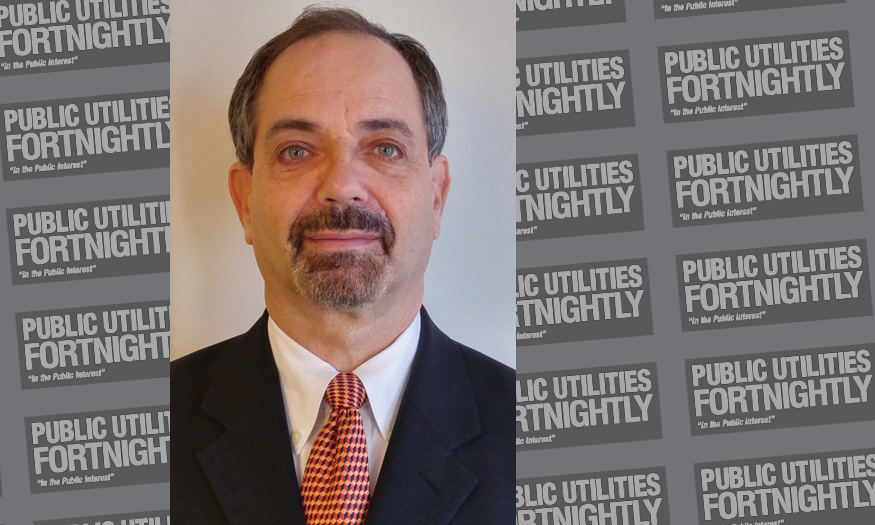Offer Choices
David Boonin is president of TBG Consulting and has over forty years of experience as a public utility economist synchronizing the interests of utilities, regulators and other stakeholders in the electric, gas, water and transit industries. Boonin served as a principal for the National Regulatory Research Institute, member of the Philadelphia Gas Commission, chief economist at the Pennsylvania Public Commission, and corporate economist for United Illuminating.
I'm from the government and I'm here to help! One size fits all! These are two of the world's most common lies.
So why do we often accept one-size-fits-all tariffs for utility service? The one size is usually, "Buy as much as you want, whenever you want. And pay for it the following month."
What if transportation services were provided this way? Don't take a bus. You may only take a limo and pay for it next month.
What about restaurants? No four-star restaurants. Just McDonalds. This is not good business.
Back to energy. Why must everyone buy limousine service and just a Lincoln limousine - no variety? Yes, there are some opt-in programs like time-of-use or interruptible rates, but nothing very widespread. Gas and electric choice was supposed to change this. Other than a few places that now allow electronic billing and/or payments and green options, what new sizes are offered?
Here are some potential other sizes.
Pre-paid meters. The technology is there. No need to bill, collect or dun. Customers trade this minor inconvenience for a discount.
Paperless bills and payments. Bills issued and paid electronically. No stamps, no envelopes, no clerks. Greater payment rates. Offer a discount and superior service. Wow!
Load limiters. Don't let the clothes dryer or water heater turn on when other demand pushes usage to the prescribed limit. Again, trading inconvenience for dollars.
Controlled thermostats. Install tamper-proof thermostats with maximum and minimum settings in exchange for a rate discount.
Interruptible rates. These rate discounts already exist, but are worthy of additional exploration. Implement by targeting specific appliances or brown outs.
Low priority service restoration. The lights go out. For customers who are seldom home, have a place to go, have a spare generator or are hale and hearty, offer a low priority restoration in return for lower bills.
All green. This type of service is offered by some in competitive markets, but why not in regulated markets? People pay more for dolphin-free tuna. Why not for carbon-free electricity?
Weather hedges. Offer hedges to individual customers that are willing to pay a premium for additional bill predictability.
Strategic load growth. Just as demand response can make the system more efficient, so can strategic load growth. Particularly off-peak load or load with secondary benefits such as storage: that is, electric cars.
Extra nines. Four nines (99.99%) reliability isn't enough for some. Let that customer pay for greater reliability.
Offer end uses as the product, and not therms or watts. The utility becomes a true energy service company.
With smart grids, meters and/or smart homes, many of the above are easy to implement and can reduce the cost of serving customers. Be true to other rate design fundamentals, such as putting the public interest first. Make the choices bold and clear.
Stop living with the old lies. Make different sizes available to different customers that meet their needs. Sell these choices and profit!
Category (Actual):



















